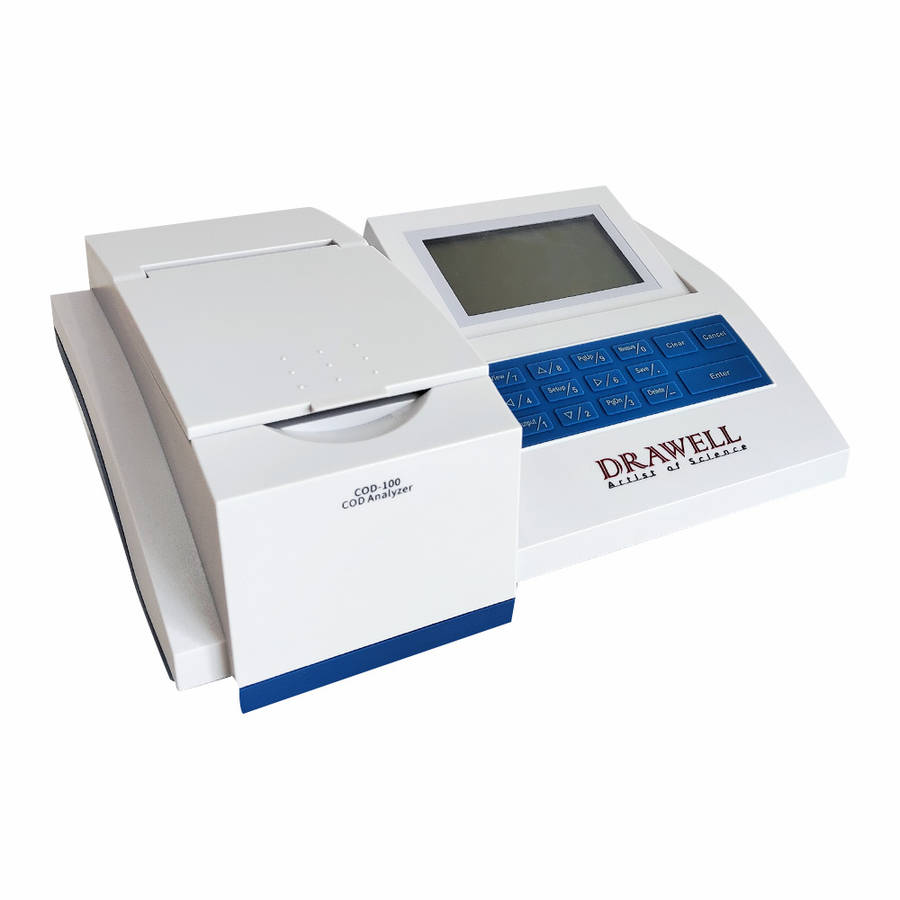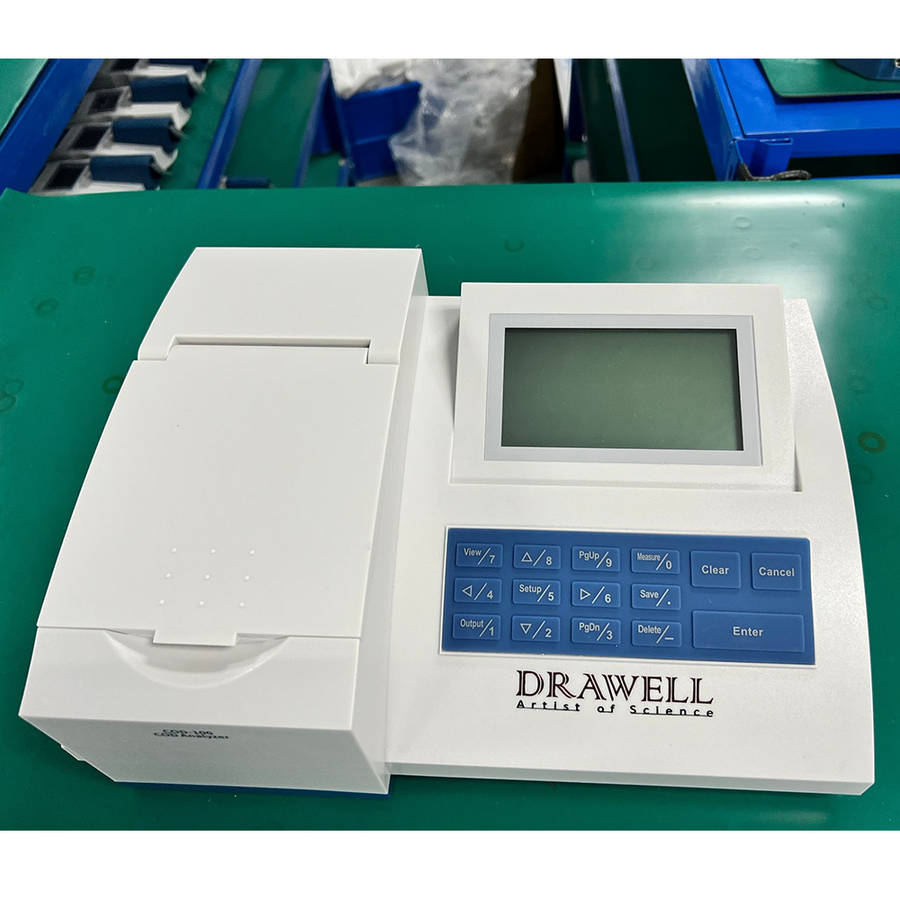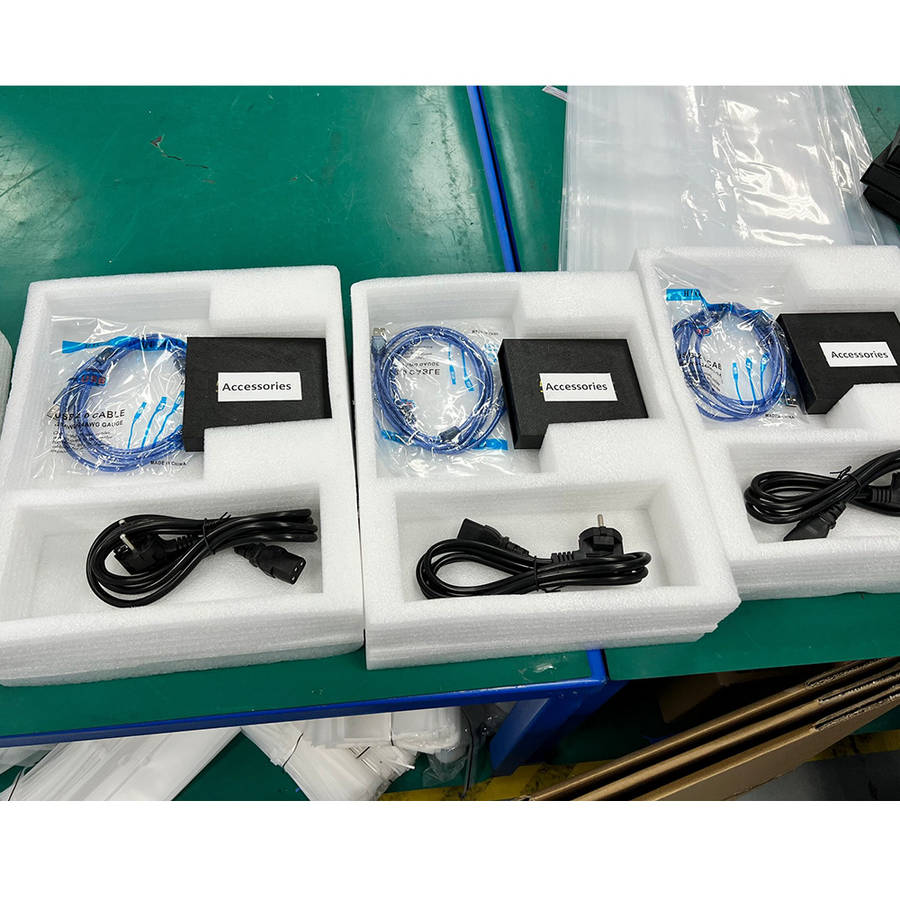





Chemical Oxygen Demand Analyser
Check my rate
| Main centres: | 1-3 business days |
| Regional areas: | 3-4 business days |
| Remote areas: | 3-5 business days |






| Main centres: | 1-3 business days |
| Regional areas: | 3-4 business days |
| Remote areas: | 3-5 business days |
Chemical Oxygen Demand Analyser
A Chemical Oxygen Demand (COD) analyzer in a lab is used to measure the amount of oxygen required to chemically oxidize organic and inorganic compounds in a water sample. This measurement helps assess the level of organic pollutants and the potential impact of wastewater on receiving waters. COD analysis is crucial for monitoring wastewater treatment plant efficiency, ensuring compliance with environmental regulations, and assessing overall water quality.
Here's a more Chemical Oxygen Demand Analyser detailed breakdown:
What Chemical Oxygen Demand Analyser (COD) measures:
Organic matter:
COD quantifies the amount of oxygen needed to oxidize all organic compounds in a water sample, including both biodegradable and non-biodegradable substances.
Inorganic compounds:
Certain inorganic substances, like ammonia and nitrite, can also consume oxygen during oxidation, and their presence is reflected in the COD value.
How COD is used:
Wastewater treatment:
COD analysis helps determine the effectiveness of wastewater treatment processes by measuring the reduction of organic pollutants.
Water quality monitoring:
COD is a key parameter for assessing the overall pollution level of water bodies, including rivers, lakes, and even drinking water sources.
Environmental monitoring:
By tracking COD levels, it's possible to identify pollution sources and trends, ensuring that wastewater discharges meet regulatory standards.
Industrial applications:
COD analysis is used in various industries, including food and beverage, pulp and paper, and power generation, to monitor wastewater and process water quality.
Why COD is important:
Oxygen depletion:
High COD levels indicate a higher concentration of organic matter, which can lead to a depletion of dissolved oxygen in natural water bodies, harming aquatic life.
Eutrophication:
Excessive organic matter in water can cause eutrophication, a process where excessive nutrient enrichment leads to algal blooms and oxygen depletion, impacting the entire ecosystem.
Public health:
COD analysis helps prevent the contamination of drinking water sources by ensuring that wastewater is properly treated before discharge.
COD analysis methods:
Dichromate method:
A common laboratory method using potassium dichromate as an oxidant, requiring digestion at high temperatures.
Electrochemical methods:
Some analyzers use electrochemical sensors, like the BOQU Instrument, to measure COD directly, offering faster and potentially greener alternatives.
Automated COD analyzers:
These instruments offer continuous, on-line monitoring of COD, providing real-time data for process control and optimization.
Chemical Oxygen Demand Analyser
COD-100 Chemical Oxygen Demand COD Analyzer
GENERAL FEATURES
COD analysis in accordance with EPA 410.4 and ISO 15705:2002 standards.
LCD display screen.
2 LED light sources for different COD testing ranges.
2-point calibration.
Data capacity of up to 200 sets (GLP-compliant).
Data stored can be transferred into the computer by USB communication interface.
COD-100R Reactor is included.
Includes
10 pcs cuvette
COD-100R
PRODUCT SPECIFICATIONS
Model. COD-100
Measuring Unit
Range. (0~150)mg/L, (0~1500)mg/L
Accuracy ±8%
Repeatability. 3%
Fluctuation. 6 mg/L (20min)
General
Power Supply AC Adapter, 200-240 V AC input
Dimensions. 315×225×100 mm
Weight. 2 kg
Dimensions (Carton). 370×305×330 mm
Weight (Gross). 4 kg
Chemical Oxygen Demand Analyser